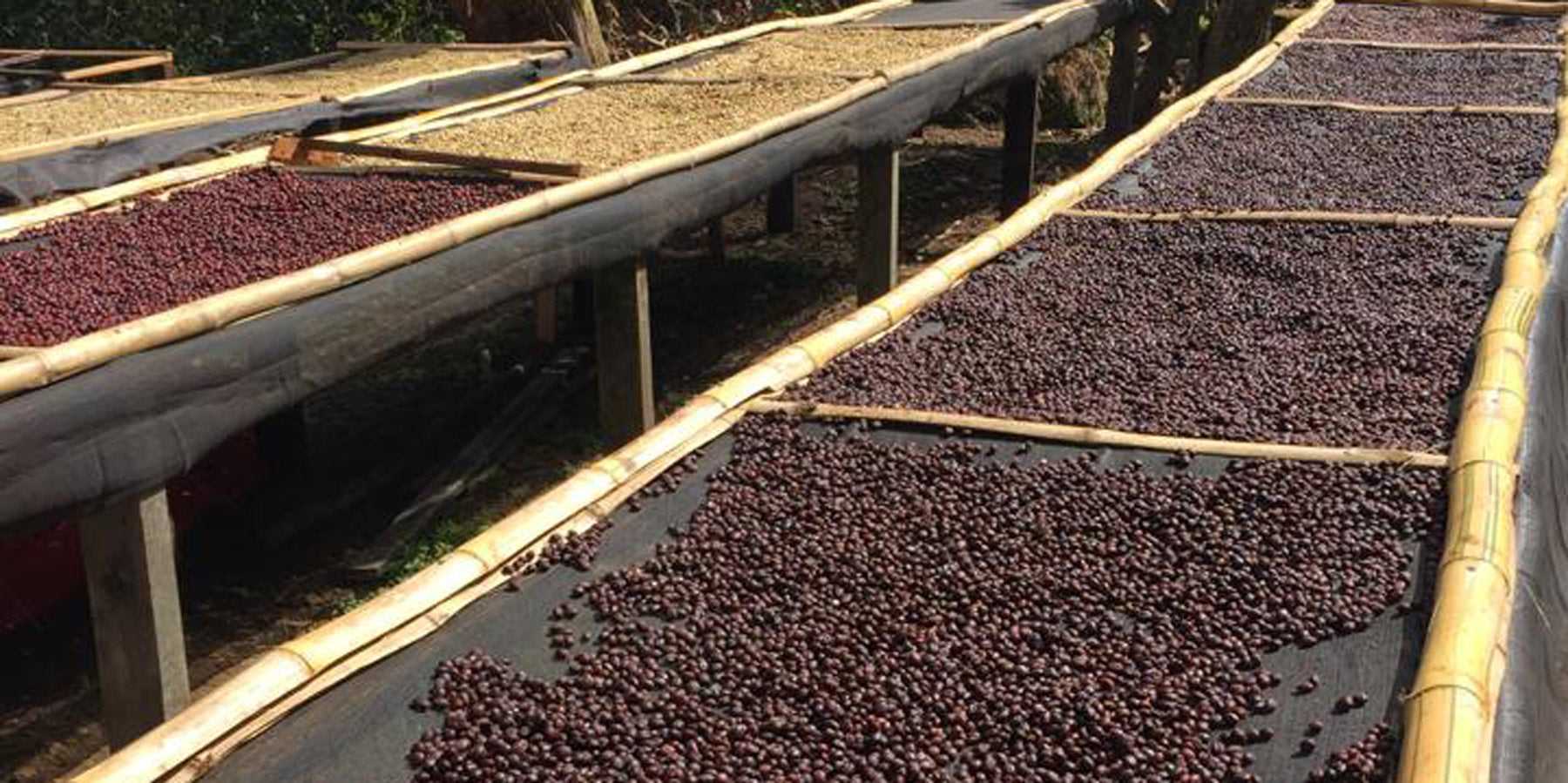Anyone who takes a closer look at coffee and its details will at some point come across the topic of preparation. I can tell you one thing in advance: preparation plays a huge role when it comes to the taste in your cup. However, this point is often given very little attention.
We at the Wildkaffee Rösterei think that we should pay more attention to the different processing methods. That's why we're introducing you to some types of processing in this blog article. You'll find all the differences and important information below. Elias Fischbacher from the Wildkaffee Rösterei hopes you enjoy reading and finding out more. Let's go!
Different processing - what does that actually mean?
The processing of coffee is actually quite simple: it is a process to separate the flesh of the coffee cherry from the kernel, the bean . Coffee farmers primarily sell the kernel of the coffee cherry, which we know as green coffee, or raw coffee. The various processing methods can have a significant impact on the end product, which is why coffee producers like to experiment with the taste in order to respond to new trends and customer demand. For example, there was a lot of play with fermentation last year. We also wrote an interesting blog article about this, which you can find here .

Different processing - Natural
In Ethiopia, a large proportion of coffee is processed naturally. This means that after harvesting, the coffee cherries are slowly dried in the sun on drying terraces , also known as African Beds, and are turned regularly. When the moisture content in the cherry is 11-12% , the pulp is mechanically separated from the bean. The green coffee is then sorted according to quality and filled into sacks . This processing method can of course only be used in countries where it is dry and hot, such as Ethiopia.

Different processing - washed
Most coffee is processed using the washed principle . The cherries are first crushed after harvesting. Part of the pulp and the outer skin are removed. This creates a mucus and the beans, which are then filled into fermentation tanks for 8-50 hours .
The farmer then determines when the coffee has been fermented long enough. The fermentation process is then interrupted by washing the beans with water. After washing, the beans are dried again on the drying terraces and then stored in warehouses for a few months. You can recognize washed coffees by the floral, citrus notes .

Different processing - Anaerobic
After harvesting, the cherries are fermented in special bags for 5 days . The cherries are then maneuvered into special raised beds that are covered to protect the coffee fruits from the rain. The coffee is then immediately turned over. The turning process is carried out approximately every hour during the day. The layer is approximately 5 - 8 cm thick . After 16 days in the drying bed, the coffee should have reached an optimal moisture content of just under 10% . The coffee is now sorted and prepared for export. Anaerobic processed coffee has an exotic, sweet taste with exciting, fruity notes.
Various preparations - Many other variants
As you may have noticed, there are no limits to the processing methods. This is why it is difficult to go into detail about each individual processing method. In our online shop, the processing methods are always declared in the description and on the back of our coffee bags.
The process is also described there. Would you like a second part about the processing? Then write to us on Instagram or Facebook!



